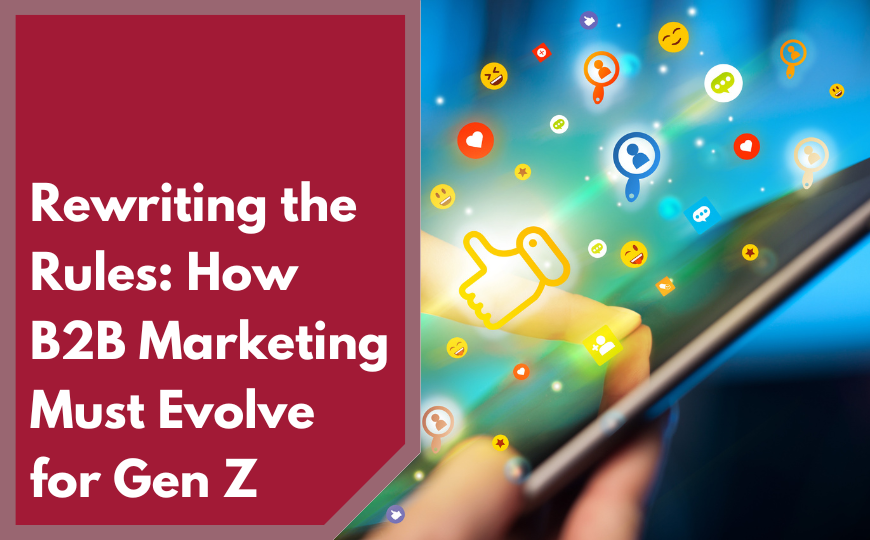This is the second part of our series, which attempts to help clear up the world of search engine marketing. There are many words, terms and acronyms used in the SEM industry. We want to make sure you understand you marketing program and make the best decisions possible about how and where your money is best spent.
- Bid – The upper limit an advertiser is willing to pay the search engines for a click.
- Bounce Rate – When a visitor visits a single page of a website without continuing on to another page of the website. For single page landing pages this is usually higher than on multi page websites.
- Brand – A name or a symbol that is associated with a company or product.
- Branding – When an advertiser attempts to create an association between a phrase or symbol and a company or product.
- Clicks – The number of times a person clicks on a link to your website. In paid search this is the number of times your ad has been clicked on.
- CPC – Acronym for Cost Per Click, which means the average amount an advertiser, is paying for each.
- CTR – Stand for Click Through Rate. This is the percentage of the time that an ad is clicked on when it is view. Calculated by dividing the clicks by the impressions.
- Campaign – There are two meanings for this word. The first is an advertising project from start to finish. When speaking about an SEM account a campaign means the largest logical grouping available.
- Cookie – A file that is downloaded automatically to a computer when a user accesses a website. These files are used for a number of purposes including analytical tracking and conversion reporting.
- Content Network – A network of websites that display contextual advertising from a third party site. Google, Yahoo, and Microsoft all have versions of a content network, which advertisers can opt into.
- Contextual Advertising – Strategically advertising on a web page based on the web pages keywords and demographics.
- Conversion – A meaningful and measurable online event that usually means a visitor has moved from viewing a website to taking an active interest in a product or service. Usually a converted visitor is a lead or sale.
- Conversion Rate – The percentage of paid visitors who convert to a sale or lead. Calculated by dividing the number of conversions by the number of visitors.
- Crawler – A program search engines, and other companies, use to crawl the web automatically to find an index and store web pages. Also known as a spider or bot.
- Daypart – Splitting advertising to appear during specific times throughout the day.





